How Insulation in Your Home Can Improve Energy Efficiency
The weather is steadily growing colder during this time of the year. It won’t be long before sleeping under an extra layer or two at night becomes the norm. These additional layers of blankets help keep our bodies warm by acting as an insulator, slowing down the conduction of heat and keeping it trapped against us. The insulation within your walls and attic work the same way. Its purpose is to be a barrier against the outside weather - to keep the temperature inside your home stable and consistent.Energy Efficiency
Having a well-insulated home means better energy efficiency. Energy efficiency simply means using less energy to perform the same task. For example, a homeowner with energy-efficient windows has to spend less money to keep their house’s temperature regulated than a homeowner with low quality windows. Needing to spend less money on heating and cooling can save you 11% or more of your total energy costs ($200 per year for the average household). This is the EPA’s estimate for a house with added insulation in attics, crawlspaces, and parts of the basement.Installing Insulation
If you need a realistic way to save money long-term, start with your attic. First, seal any holes or seams that may let the air from inside your home escape. Second, add fiberglass or cellulose layers until your insulation is about 8.5 inches thick (as recommended by the Department of Energy). Laying out that much insulation may sound overwhelming, but you don’t have to do it all in the same day. You can usually add more insulation onto an existing layer over time, Or hire a professional. Laying insulation can be a challenging task for people with little experience, but it is certainly possible. Still, a professional is recommended for this kind of job, as installation mistakes could stop the insulation from working properly. Insulation is made to improve energy efficiency in any climate, hot or cold. Even if your house sits directly in the sun all day, having enough insulation will help keep the cool air inside the home. If the heat of sunlight is still too intense, there are available products like reflective insulation that are made to cover attic insulation directing the sun’s heat away from the home below.Knowing when you need to re-insulate
If you notice spikes in your energy bill when the seasons change, your home could likely benefit from new or additional insulation. Most houses built between 1970 and 1989, in particular, only have 3 inches of the original insulation. If you believe your home’s insulation is costing you more money than it’s worth, it may be time to call an expert. A professional can inspect your home and tell you what changes can be made to improve overall energy-efficiency. They can recognize even small insulation issues that may contribute to unnecessary energy consumption, such as installation errors or unsealed seams. Insulation can make a significant difference in the amount of energy your home uses each year. You will improve both the comfort of your home and your energy bill by making energy-efficient modifications – all while helping the environment by using less energy.Subscribe to Amos Exteriors's Blog



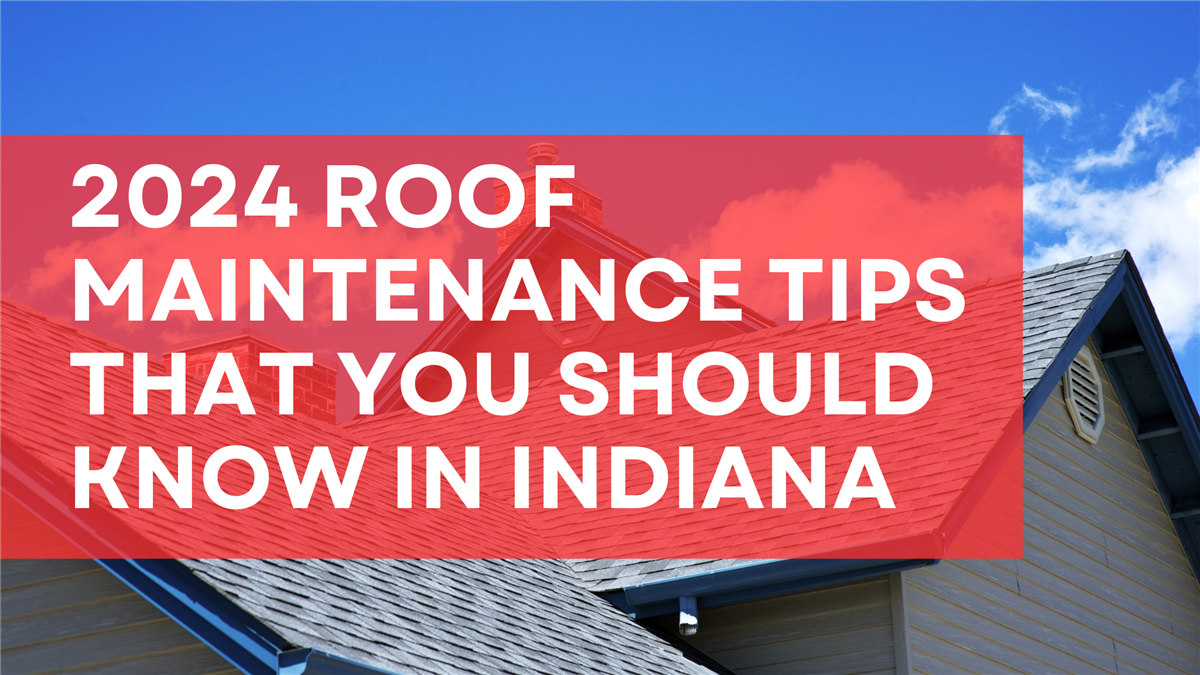
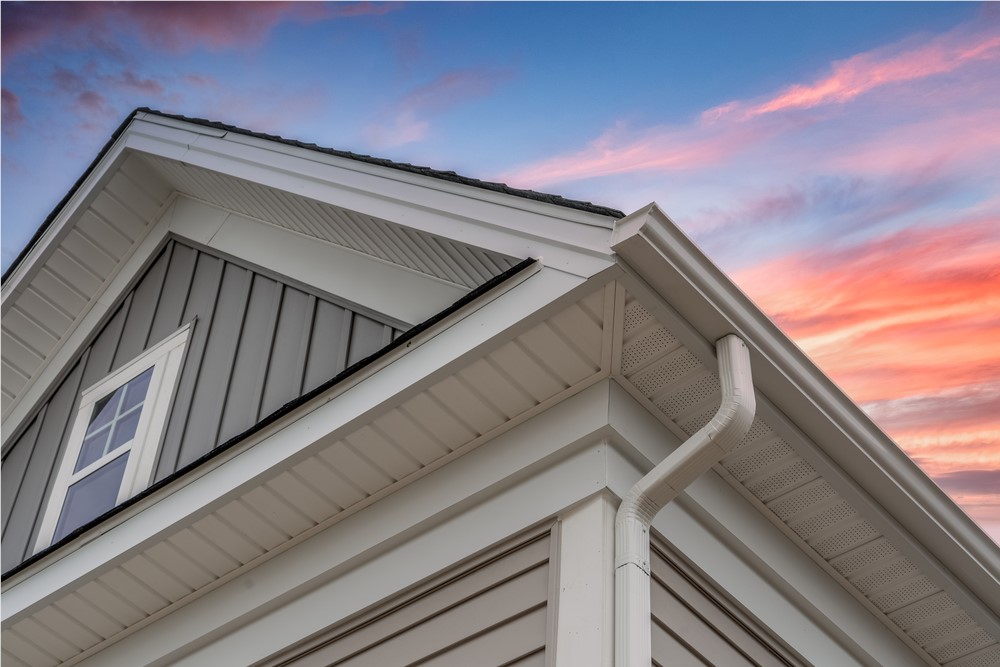
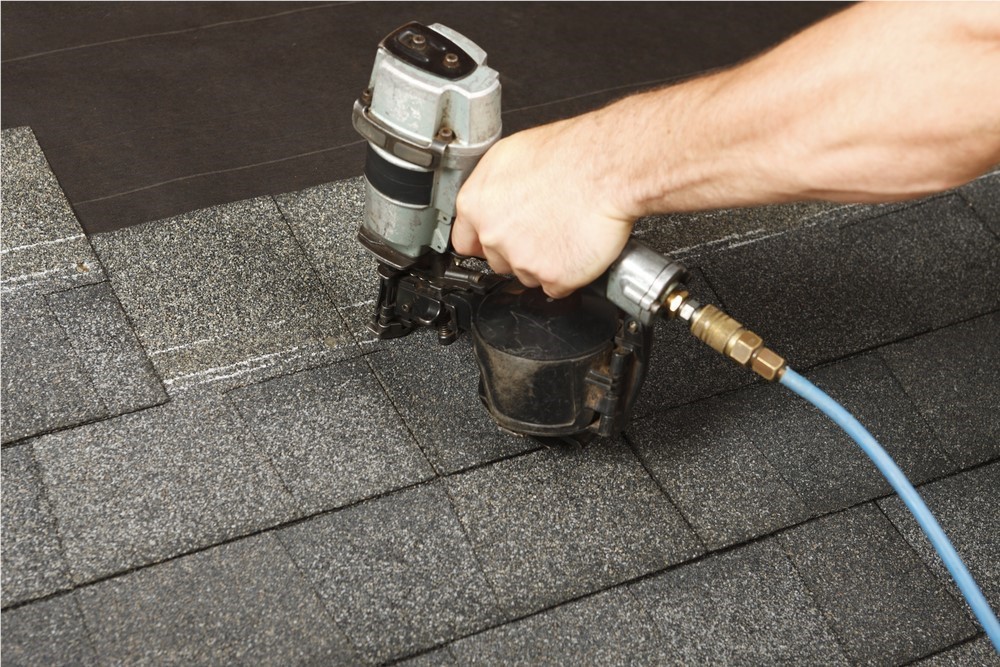
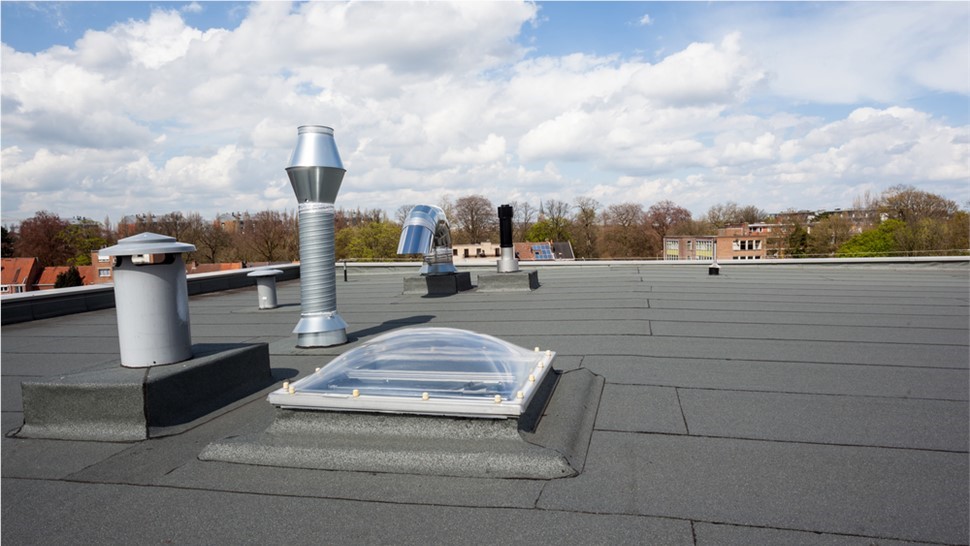
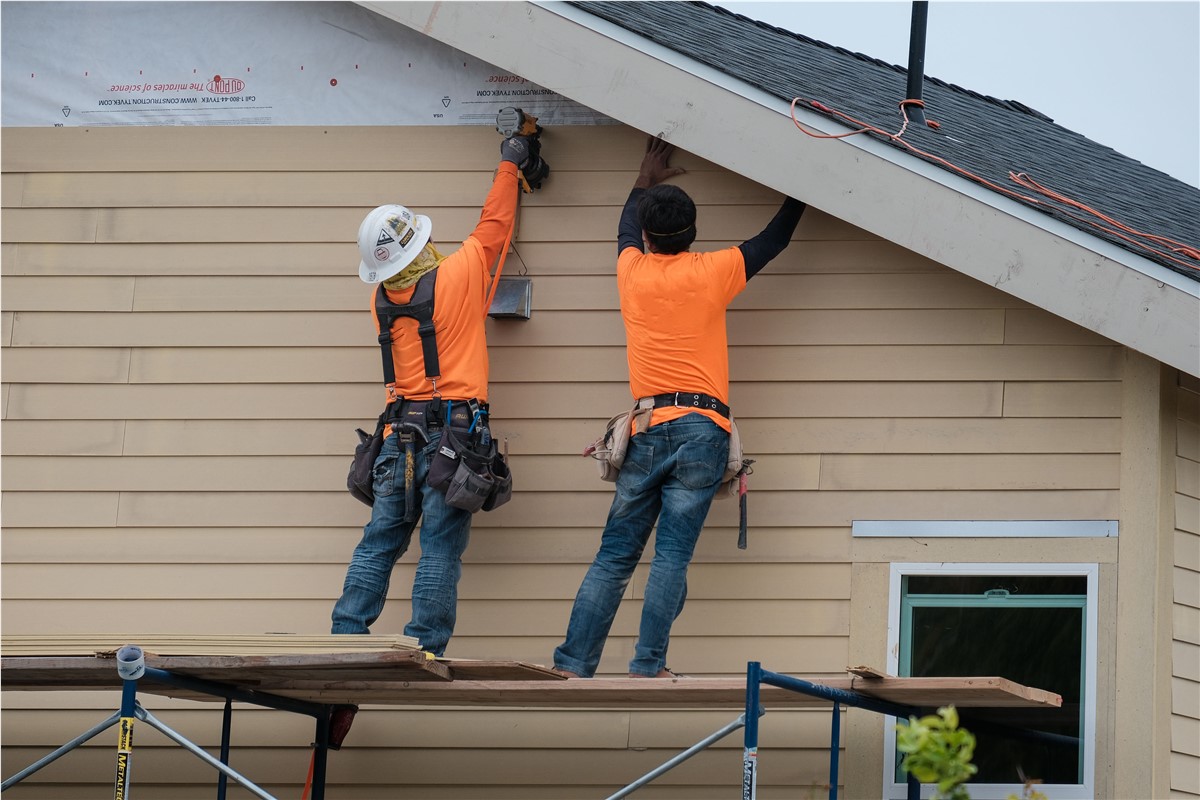

Comments